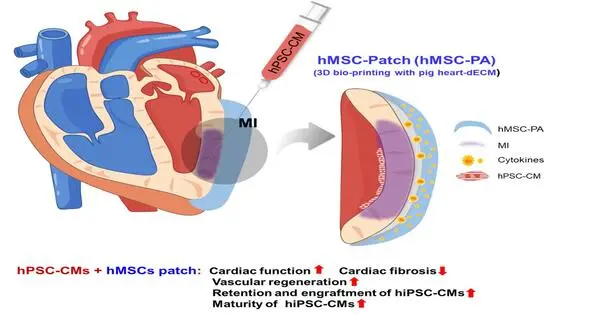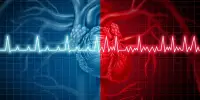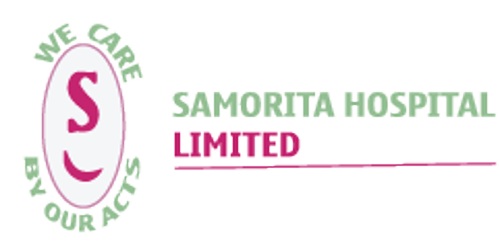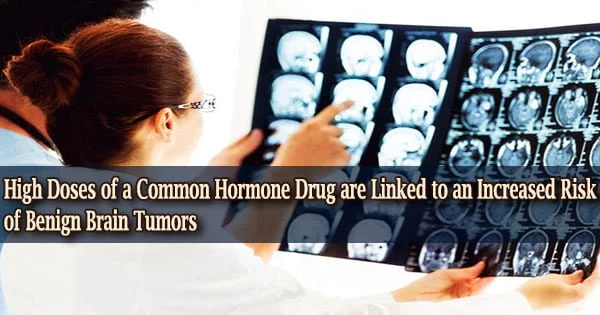According to a recent study from the Universities of Surrey and Oxford, a type of cell that plays an important part in tissue healing following a heart attack may also be the reason why cutting-edge cell therapies raise the risk of rhythm abnormalities. The researchers hope that their discoveries will pave the way for safe regeneration treatments for those who have had a heart attack.
The study focused on the interactions between cells developed from stem cells, known as Human induced pluripotent stem cell-derived cardiomyocytes (hiPSC-CMs), and myofibroblasts, a kind of cell that aims to rebuild cardiac tissue after a heart attack.
The study, published by Cellular and Molecular Life Sciences, found that myofibroblasts affect the electrical properties and calcium handling of hiPSC-CMs. Myofibroblasts also altered the expression of genes responsible for vital functions of heart cells, leading to electrical instability.
Our study identified Interleukin-6 (IL-6), a molecule released by myofibroblasts involved in inflammatory responses, as a key player in this interaction. We found that blocking IL-6 signalling reduced the negative effects of myofibroblasts on heart cells.
Dr Patrizia Camelliti
Dr Patrizia Camelliti, lead author of the study from the University of Surrey, said:
“Understanding the relationship between myofibroblasts and hiPSC-CMs could be the key to developing safe regenerative treatments for those who have suffered a heart attack. Our study identified Interleukin-6 (IL-6), a molecule released by myofibroblasts involved in inflammatory responses, as a key player in this interaction. We found that blocking IL-6 signaling reduced the negative effects of myofibroblasts on heart cells.
“While this study marks a step in the right direction for understanding how cell therapies unwittingly cause heart rhythm damage, further research is needed to bring these findings into clinical practice.”

Cell therapy for heart repair is the use of stem cells or other cell types to treat damaged or diseased cardiac tissue. While this strategy shows promise for rebuilding damaged cardiac tissue and increasing heart function, there are significant hazards and limitations to cell therapy for heart repair.
cardiac attacks cause the loss of cardiac muscle cells and the creation of scar tissue containing myofibroblasts. To cure the damage, scientists are investigating the use of stem cells, such as hiPSC-CMs, to restore healthy cardiac muscles. However, studies have indicated that these treatments raise the chance of heart rhythm problems, which can be fatal.
The researchers used modern cell culture techniques to simulate the interactions between these cell types and observe the consequences on cardiac cell function. They cultured hiPSC-CMs with adult human cardiac myofibroblasts under three settings to imitate cell interactions: direct contact, non-contact, and medium conditioning.
Targeting interactions between cardiac cells could give a potential therapeutic technique for improving the outcome of cardiac cell therapies and treating heart rhythm abnormalities, according to Dr. Patrizia Camelliti in a Science Perspective.
















